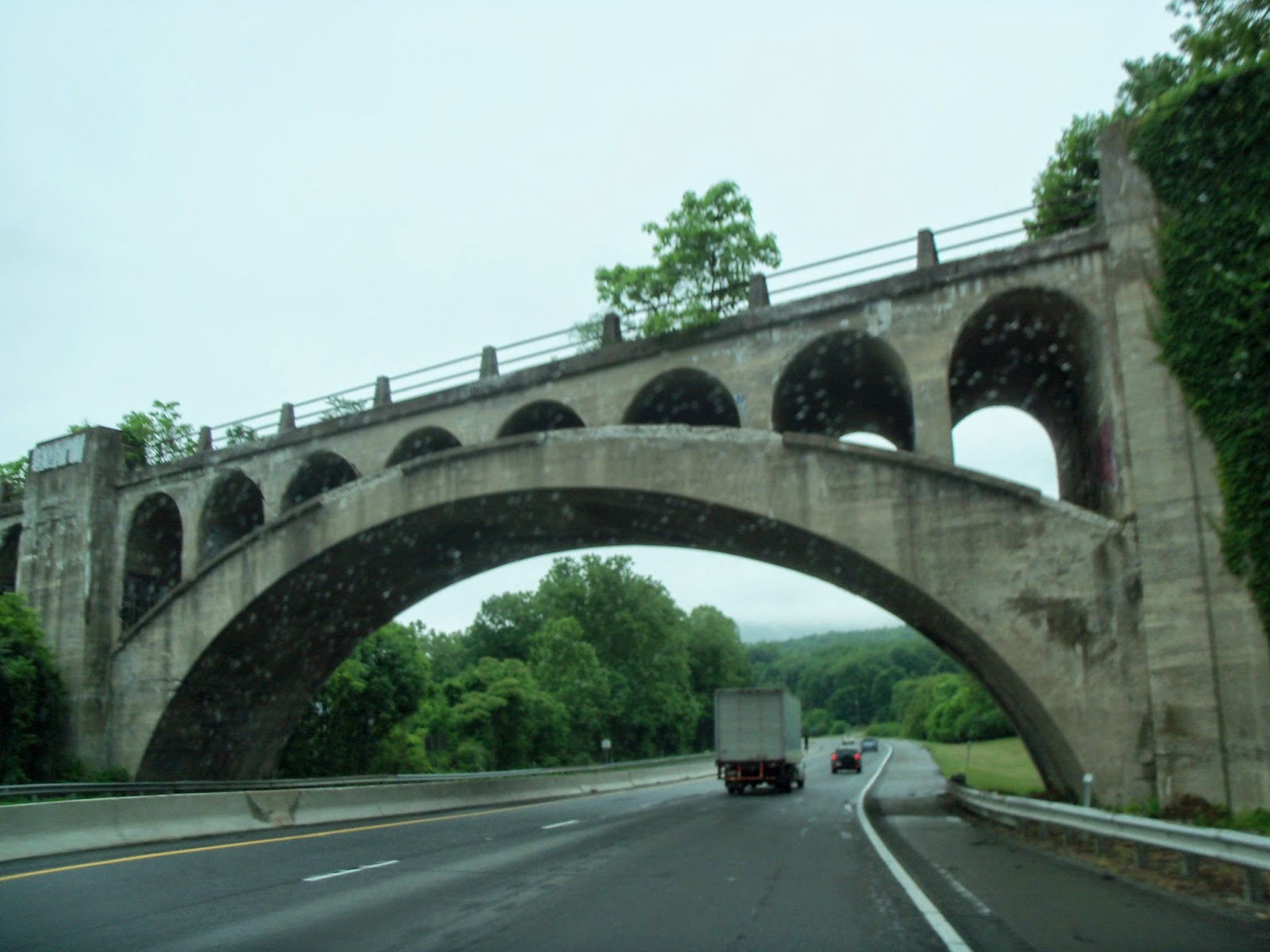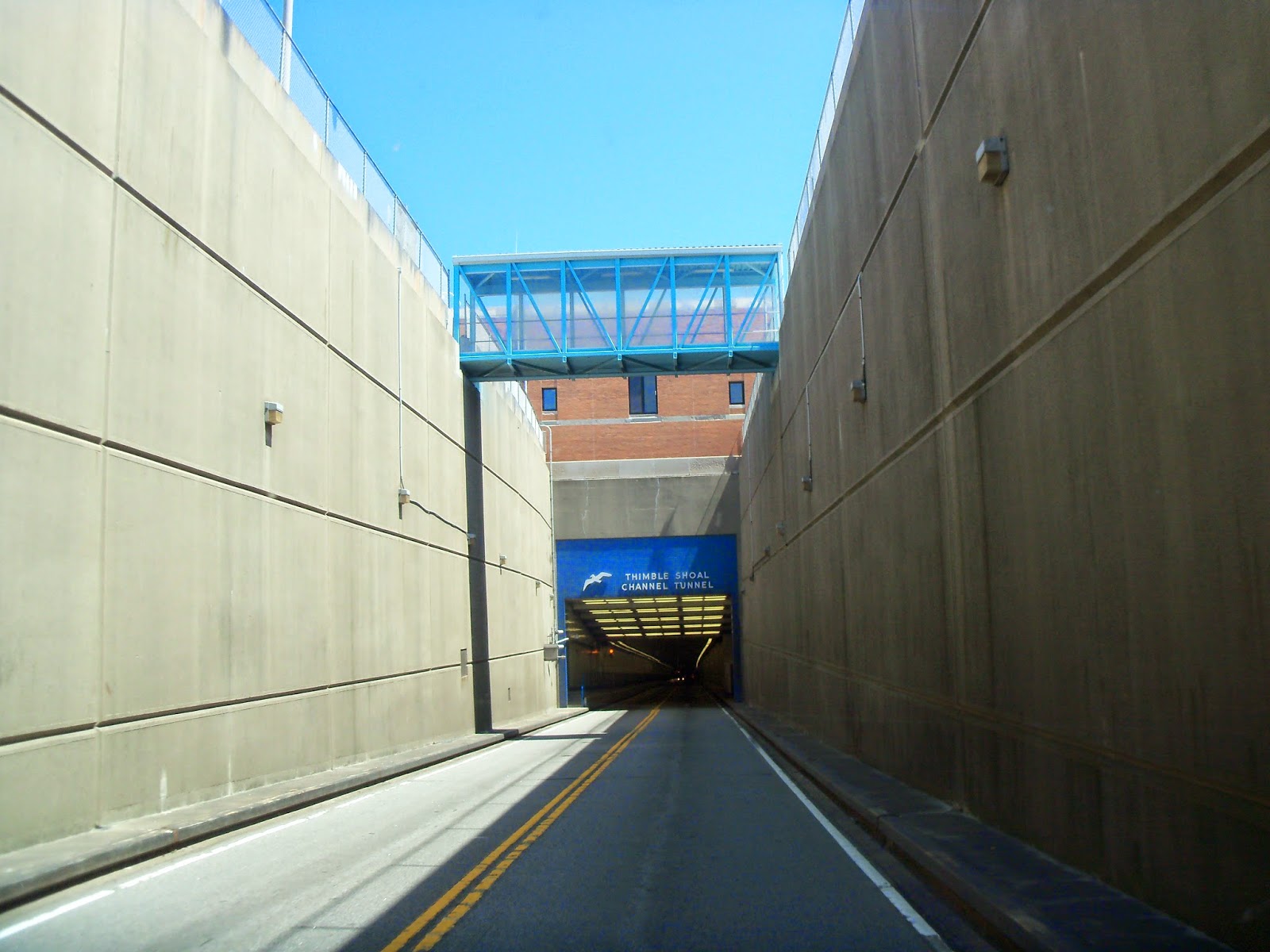Part of the Lake Ontario Wine Trail is The Heluva Good! Cheese Country Store is a delightful place to experience a journey back in time. The wooden floors and marble counter top on which custom blocks of cheese are cut lend an old-fashioned ambiance to your shopping experience. The store features a complete line of the Heluva Good! brand, as well as specialty cheeses. The shelves are filled with gourmet food items and an impressive array of distinctive gifts. Custom gift baskets and cheese trays are also available. The store also is the headquarters for the Country Store Mail Order business. So next time you place that special order, you will know where it is coming from! Sodus Bay is one of Lake Ontario’s major embayments separated from the lake by a 7,500-foot long barrier beach. The bay is 4.4 miles in length and 2.4 miles across. The Sodus Bay watershed is approximately 46-square miles. It is composed of land that is 30% agriculture, 4% developed land, 61% forest, and 4% wetlands. First Creek, Second Creek, Third Creek, Sodus Creek West, Sodus Creek East, Glenmark Creek, and Clark Creek empty into the bay. Wayne County’s shoreline embayments are of ecological importance containing over 6,807 acres of protected wetlands and host to over 36 species of aquatic plants including three species of protected aquatic plants and the protected soft-shell turtle. All the bays are the primary spawning sites of forage fish supporting the food base of the Lake Ontario sport fishery for salmon and trout. Marsh and open water habitats dispersed with emergent vegetation are critical for many marsh birds, including endangered species like the black tern, and threatened birds such as the least bittern, pied-billed grebe, northern harrier, and the upland sandpiper. Birds of special concern are the American bittern, osprey, common loon, sandhill crane, sharp-shinned hawk, bobolink, eastern meadowlark, marsh wren, Virginia rail, sora, Wilson's snipe, magnolia warbler, golden-winged warbler, brown thrasher, ring-necked duck, and wood duck. These marshes make great bird watching sanctuaries. Along 104 you can see the two dirt ruts in the grass marking the snowmobile trails. There are official markings for these routes, hazards and crossing areas. The Nine Mile Point cooling tower is visible from Chimney Bluffs in Sodus, nearly 30 miles away. We passed through Walcott, Martville, Hannibal and Oswego. We traveled along what is dubbed the Erie Canal National Heritage Corridor. The Erie Canal is the most famous and influential man-made waterways in America. It stretches over 500 miles across the full expanse of upstate New York.
The Erie Canal National Heritage Corridor encompasses New York’s canal system and the communities that grew along its shores. It’s a place with stories to tell, great works of architecture to see, history to be learned, and hundreds of miles of scenic and recreational waterway and trails to explore. Located on high ground in Oswego sits Fort Ontario State Historic Site. The star-shaped fort dates back to the early 1840's.
There are two Guardhouses, a Powder Magazine, Storehouse, Enlisted Men's Barracks, and windswept ramparts featuring magnificent views of Lake Ontario and underground stone casemates. The fourth and current Fort Ontario is built on the ruins of three earlier fortifications dating back to the French and Indian War, Revolutionary War, and War of 1812. It was occupied by the US Army through World War II. In 1946 Fort Ontario was transferred to the State of New York and housed World War II veterans and their families until 1953. It opened as a state historic site in 1953. A post cemetery containing the graves of 77 officers, soldiers, women, and children who served at Fort Ontario in war and peace is situated on the grounds. The American Legion in Oswego has beautiful murals painted by Jennifer Hall. Each mural measures 19 feet high by 8 feet wide and represents each of the Armed Forces. It is believed that this is the only Veteran's club with this type of painted murals outside of it's building. Outside of Oswego is the town of Scriba, home to the Nine Mile Point Nuclear Station. A two-unit nuclear power plant located on the shore of Lake Ontario. The 900-acre site is also occupied by the Fitzpatrick Nuclear Generating Station. When we entered Mexico where 104, Main Street, intersects with US Route 11. We headed north out of town on Route 11. The town of Pulaski was previously known by various other names. It was once called “Fishville” and sometimes it was called “Salmon River”. It was also stated that the name “Pulaski” was often spelled “Polaski”. It was also used for years with the spelling of Polaski from The Palladium Times to official state documents. The local historian, offered two possible theories regarding the selection of the town's name in an article titled "Name Selection is a Mystery." According to the historian, the most credible theory is that in 1829, three years before the town's incorporation, the prominent lawyer and abolitionist Thomas C. Baker proposed the name at a meeting. Another story indicates that the name was chosen when Revolutionary War heroes put names in a hat and pulled the name of Casimir Pulaski. The historians believe that one or both may not be true but it creates good folklore. A few miles to the west from the village of Pulaski at the mouth of the Salmon River sits the Selkirk lighthouse. In the 1830s the government engineers determined that the mouth had sufficient depth that it could harbor thirty ships. So in August 1838 the lighthouse was inaugurated. The lamp originally ran on whale oil. Due to the lack of importance of the harbor it was deactivated in 1858. The Salmon River, stretches 17 miles from the Lighthouse Hill Reservoir in Altmar to where it empties into Lake Ontario at Port Ontario. There are 12 miles of Public Fishing Rights along the river. The Salmon River offers some of the finest sport fishing in the country, especially for Chinook, Coho Salmon, Atlantic Salmon, Steelhead, and Brown Trout. We can add a few more crossing signs to our list, we saw Amish buggy crossing and snowmobile crossing signs. Near Sandy Creek, is the Eastern Lake Ontario Dune System which offers many opportunities for hikers, birdwatchers, canoeists, and kayakers. Walkovers and viewing platforms have been built to protect the fragile dune environment. Sandy Island Beach State Park is an attraction with natural sand dunes, sparkling blue water and a warm stretches of beach. It is part of the Eastern Lake Ontario Dune and Wetland Area, a seventeen-mile stretch of shoreline, which extends from the Town of Richland, north along Lake Ontario to Jefferson County. The dunes were formed by wind and wave motion of a giant inland sea that preceded Lake Ontario. Pierrepont Manor is a hamlet east of Ellisburg village on US-11. It was first settled around 1805 and is the birthplace of baseball player Frank Smith. He was a right-handed pitcher in Major Leagues until 1915. He played for the Chicago White Sox, Boston Red Sox, Cincinnati Reds, Baltimore Terrapins, and Brooklyn Tip-Tops. Nicknamed "Piano Mover" because that was his off season job. We traveled through Adams, Adams Center, into Watertown. We crossed over the Black River and headed onto Fort Drum. Stay tuned for our next leg of this two lane adventure!















































